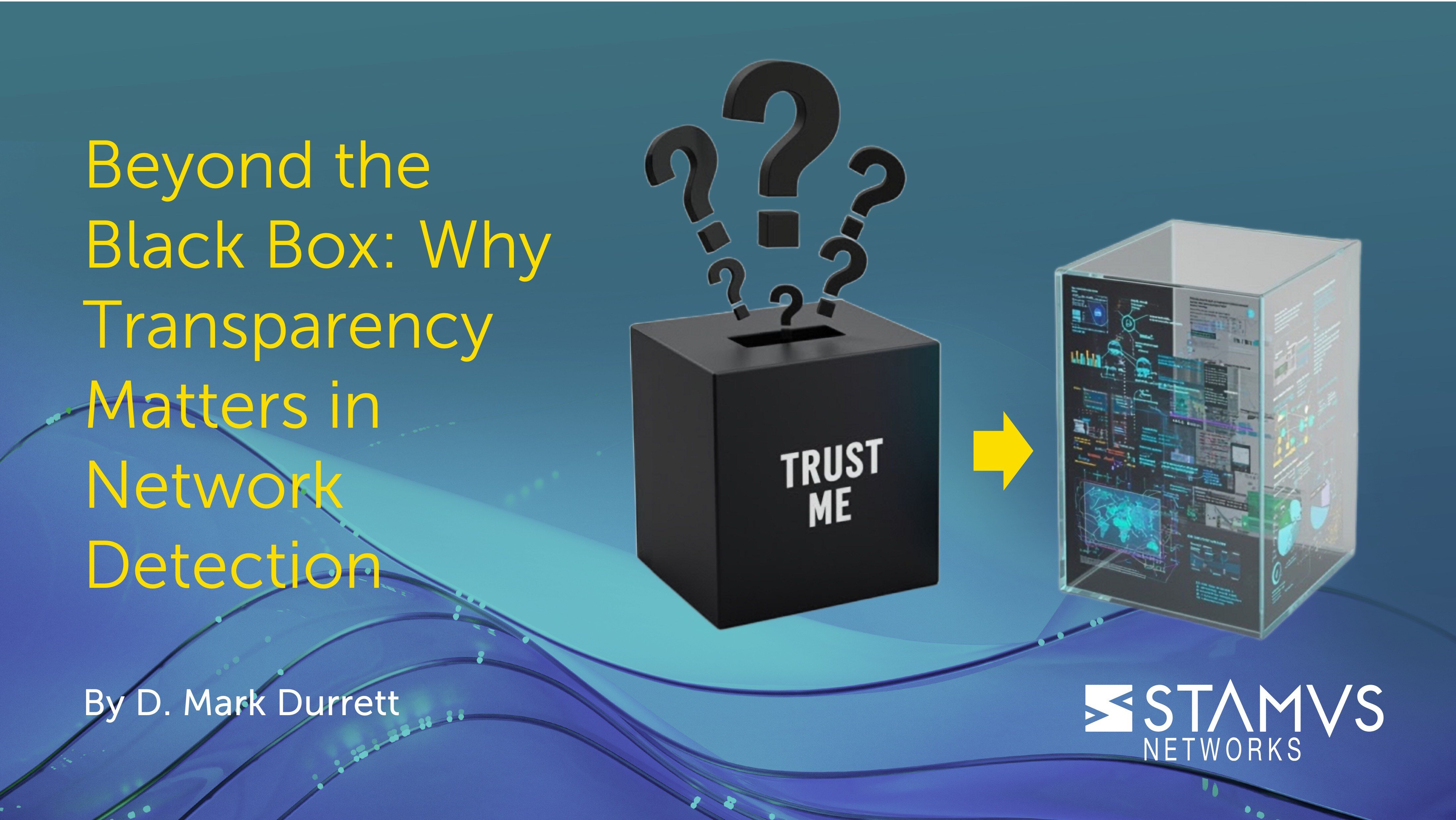Cybersecurity alert fatigue is a serious problem faced by many organizations. An overwhelming amount of non-critical alerts from tools like intrusion detection systems (IDS) can lead to analyst burn-out, missed threats, and reduced time to respond. Thankfully, network detection and response (NDR) is an option for organizations seeking IDS signature-based detection without the false positives and alert fatigue often associated with IDS tools. This blog post will go over the basics of alert fatigue, explaining what it is, its root causes, its dangers, and how NDR can reduce or eliminate alert fatigue within your organization.
What is Alert Fatigue in Cybersecurity?
Alert fatigue in cybersecurity describes the state of desensitization security analysts experience due to an overwhelming number of alerts from various security tools. These tools, including intrusion detection systems (IDS), are designed to detect suspicious activity and other important security events, but can generate excessive notifications, many of which turn out to be false alarms or other non-critical traffic.
This constant barrage of alerts, both genuine and false, can make it difficult for analysts to distinguish between critical threats and less serious events. They may become overwhelmed and start overlooking important alerts, leading to delayed responses or missed threats altogether.
While signature-based detection, such as that found in intrusion detection systems (IDS), is often one of the main causes of alert fatigue, it is not the only factor that causes it. Complex IT environments, inefficient processes, redundancy-based strategies, and false positives all contribute to the prevalence of alert fatigue in cybersecurity.
What is the Root Cause of Alert Fatigue?
There are several causes of alert fatigue in cybersecurity, but the primary cause is the overwhelming volume of alerts generated by various security tools and systems. Take intrusion detection systems (IDS) for example. An IDS might trigger thousands of alerts over a few hours, depending on the configuration. Of those alerts, there might only be one that is signaling a serious and imminent threat. All the other alerts are important, giving context and notifying the analyst of potentially suspicious or otherwise abnormal activity, but a single critical alert is likely to be missed amongst the noise of non-critical alerts and false positives.
This constant barrage of both genuine and false alerts desensitizes security analysts, making it difficult for them to distinguish between critical threats and less serious events. Furthermore, complex IT environments with intricate security configurations can lead to redundant alerts, further amplifying the problem.
Therefore, the core issue lies in the sheer number of alerts produced by security tools. Analysts need a more effective way to quickly and confidently determine which alerts are worth further investigation, and which ones can be ignored.
What are the Dangers of Alert Fatigue?
Four key consequences often result from alert fatigue in cybersecurity: ]
- 1. Missed Threats: The constant influx of alerts can desensitize analysts, leading them to overlook critical security incidents. Genuine threats disguised as familiar "noise" may be missed entirely, potentially compromising sensitive data or systems.
- 2. Delayed Response: The sheer volume of alerts can overwhelm triage processes, hindering timely response. Analysts may prioritize newer alerts, delaying investigation into potentially serious incidents flagged earlier. This window of opportunity can be exploited by attackers.
- 3. Reduced Efficiency and Burnout: Analysts bombarded with alerts spend valuable time investigating false positives, hindering their ability to focus on proactive threat hunting and in-depth analysis. This inefficiency can lead to frustration, burnout, and decreased overall productivity.
- 4. Decreased Morale: The constant pressure and stress of managing a high volume of alerts can negatively impact team morale. Analysts feeling overwhelmed and discouraged may become less engaged and vigilant in their duties.
These dangers collectively weaken an organization’s security posture, potentially leaving them vulnerable to successful cyberattacks. This is why minimizing or eradicating alert fatigue is of the utmost importance.
How do you Reduce Alert Fatigue?
It is not always possible to completely eradicate alert fatigue without also drastically reducing the amount of information your analysts have to work with. Remember, alert fatigue can result from a combination of security tools across your environment. However, you could entirely mitigate the alert fatigue caused by IDS, which would likely in-turn reduce the overall impact of alert fatigue within your organization.
The best way to do this is by transitioning from IDS to a modern network detection and response (NDR) system that solves the challenges of IDS. The Stamus Security Platform (SSP) is a broad-spectrum, open network-based threat detection and response system (NDR). SSP can be deployed on-premise or in cloud environments and uses deep packet inspection to directly extract and build security insights from network traffic. Built on top of Suricata – the powerful open-source network security engine – SSP combines signature-based IDS, network security monitoring (NSM) capabilities, and other advanced threat detection methods.
To combat alert fatigue and provide accelerated incident response, SSP adds automated event triage with extensive data enrichment and a unique capability called Declarations of Compromise™.
A key element of SSP’s ability to combat alert fatigue is the Declaration of Compromise™ (DoC). A DoC event is the highest confidence assertion SSP provides, highlighting a specific threat and the asset it is impacting. SSP then builds a detailed timeline of activity and collects the supporting evidence and context associated with the attack on the impacted asset. These events are automatically escalated, and the analyst is notified via webhook in a variety of applications - SOAR, SIEM, Discord, web chat, etc.
This dramatically reduces the number of security events that need to be investigated, essentially eradicating alert fatigue. Organizations that deploy SSP can redeploy their staff to focus on more proactive security measures and dramatically improve incident response times.
Eliminate Alert Fatigue with Stamus Security Platform
Alert fatigue can weaken your organization’s defenses and take a toll on your staff, but it doesn’t have to. The Stamus Security Platform can minimize the impact of alert fatigue and enable your security team to focus on more important issues. Book a demo below to learn more!
To stay updated with new blog posts from Stamus Networks, also make sure to subscribe to the Stamus Networks blog, follow us on Twitter, LinkedIn, and Facebook, or join our Discord.






